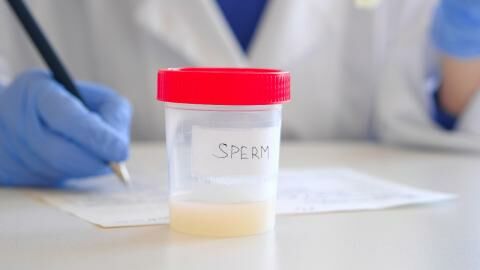Limb-girdle muscular dystrophy is a rare group of disease that affect on average 1 in 123,000 people. Symptoms include significant fatigue, difficulties moving and getting up, running, climbing stairs and in the most serious cases, muscle atrophy in both the legs and hands.
Discover our latest podcast
These diseases are caused by a genetic mutation which was only recently discovered by Spanish researchers and also results in the carrier becoming biologically resistant to the AIDS virus.
When AIDs’ strength becomes its weakness
One of the main reasons the AIDs virus so dangerous is because it has an ability to become a part of the genetic code of the cells it contaminates. In order to do this, the virus needs to interact with the receptors of infected cells.
But when these cell receptors don’t work properly, the virus is no longer able to contaminate the cell. And that’s exactly what this team of scientists noticed, and is what eventually led to the discovery of the genetic mutation that affects the CCR5 receptors which consequently makes the carrier naturally resistant to the virus.
Similarly, the recently published study also mentions a second mutation linked specifically to limb-girdle muscular dystrophy which also has an effect on a rather important gene connected to the AIDS virus. This gene is called the TNPO3 gene, and its function in our body is to produce the protein Transportin-3, which turns out to be the protein that allows cells to be infected by the virus.
This genetic anomaly was observed by researchers in the lab who were then able to observe a considerable reduction in viral contamination (16 times less) after the carrier was exposed to the virus.















